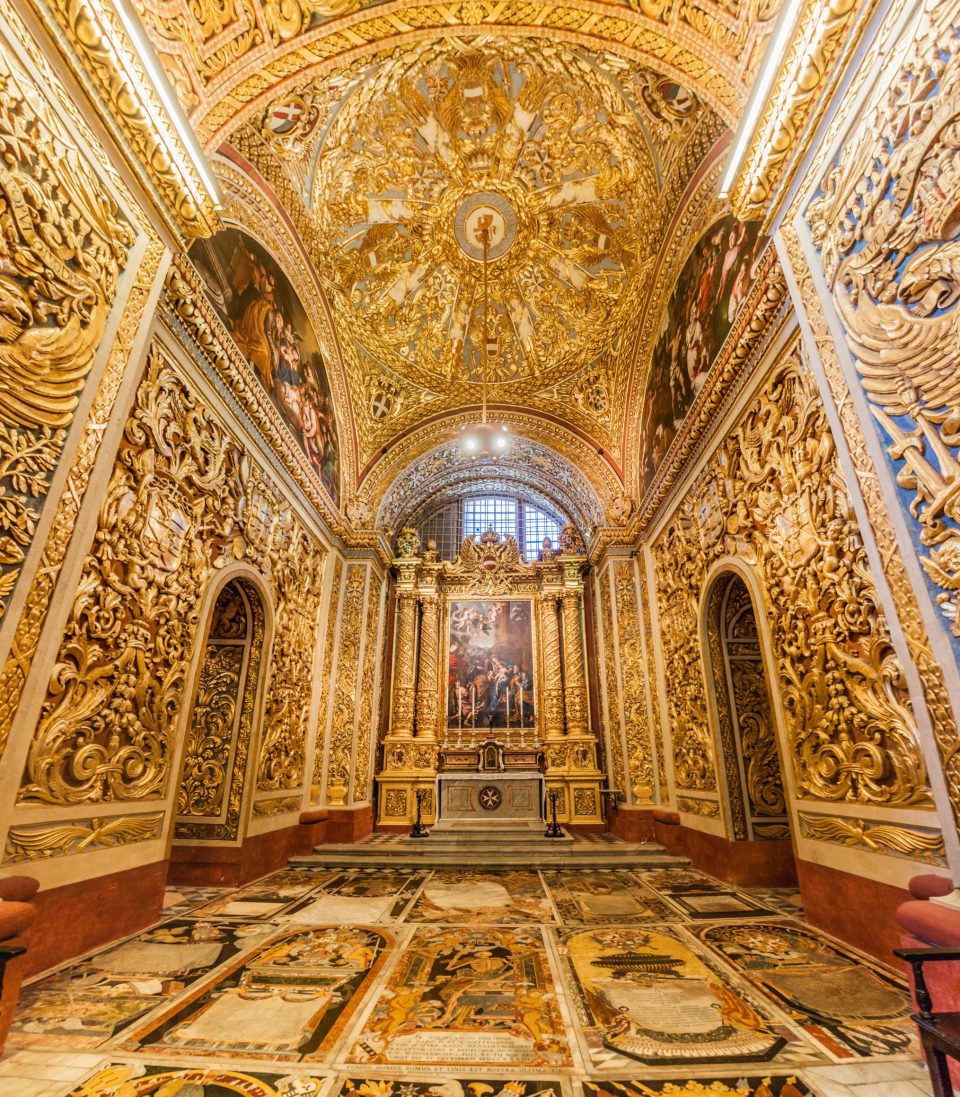
Malta: A destination that’s impossible to forget

There are some destinations in the world that really sink beneath the skin of its travellers, weaving a spell that remains cast forever.
Malta, the captivating Mediterranean Island otherwise known as the land of honey, is one of them. For centuries, it was the site of skirmishes between civilisations including the Phoenicians, the Byzantines and the Ottoman Empire, which were drawn like bees to its shores, determined to claim it as their own. These days, Malta is a contented European republic but the threads of those stories are still intertwined in its foundations; snapshots from the past visible everywhere you look.
In fact, Malta is home to a staggering 300 historical sites, each one with its own fascinating back story. From ancient temples and grand palaces to religious buildings and underground burial sites, it is a veritable treasure trove for history buffs, a place where the past truly jumps into life. That makes it the perfect antidote for post pandemic weariness — a place where travellers can examine yesteryear with one foot firmly in the present moment. And in doing so we’re able to shake off the shackles of lockdown and re-emerge into the world again.
The good news is that Malta lies just a short three-hour flight away from the UK, and is currently offering access to double vaccinated (plus two weeks) UK citizens with certification. Every effort has been made to streamline arrival processes, which means that visitors are extended the friendliest of welcomes, and can feel safe in the knowledge that Malta is the most vaccinated country in Europe. Add 300 days of sunshine per year, balmy winter temperatures, an abundance of accommodation options and plenty of outdoor spaces to that mixture and it’s fair to say that Malta is the perfect post pandemic destination.

Those taking the historical plunge immediately after landing should make haste for the Megalithic Temples of Malta, one of three Unesco World Heritage sites on the island. These prehistoric buildings are some of the oldest surviving free-standing structures in the world. Built between 3600BC and 2500BC, the complexes include the temples of Hagar Qim, Mnajdra and Tarxien on Malta — widely considered unique architectural masterpieces, and the two temples of Ggantija on the nearby island of Gozo (which can be reached by ferry). Each structure is revered for its intricate decoration and diversity of form, and for the role it played in what’s believed to be a highly organised society.
The Ħal Saflieni Hypogeum in Paola also sits at the top of every must-visit list. An underground, prehistoric burial site that’s still very well preserved, the first remains date back to 4000 years BC, and consists of a series of interconnecting chambers sliced into the rock across three distinct levels. The complex was used over many centuries — at first, it’s believed, as a sanctuary, and then as a cemetery. It’s one of the only prehistoric burial sites accessible to the public and as such is extremely popular with visitors so book in advance to experience these large blocks of limestone adorned with ornate, red ochre paintings and intricately carved features.


The final pillar of the Unesco World Heritage site trio in Malta is island’s fortified capital city of Valletta. With 320 mesmerising monuments all within a 55 ha area, it’s one of the most concentrated historic areas in the world, and with snaking, amber hued streets juxtaposed against magnificent bright blue skies, truly one of the world’s most spectacular. Located atop a hill between two natural Mediterranean harbours, as a result the city’s perimeter has remained largely unaltered for centuries, with the original grid of the city plan designed by the Knights of St John still in tact.
Such is the beauty of this Renaissance city that it’s well worth spending an entire day roaming among its characterful buildings. To start, pass through the City Gate. Designed by Renzo Piano, it marks the beginning of Republic Street and the historical jewels that lie beyond. Be sure to the New Parliament Building, designed to resemble the traits of the typical limestone Malta is renowned for, and the Royal Opera House, now converted into an open-air theatre. Later, take in the Upper Barrakka Gardens, dating back to 1661, and admire the breathtaking views of the Grand Harbour sparkling below.
As afternoon breaks, enjoy a long, leisurely lunch washed down with Maltese wine at St John’s Square or any of the city’s delectable restaurants before visiting St John’s Cathedral. Head inside to soak up the elaborate interiors flashed with gold that are widely touted as the best example of Baroque style anywhere in Europe — a fine boast indeed. Next, roam towards Casa Rocca Piccola, home to the aristocratic de Piro family, this 16th Century palace is a sight to behold but also offers incredible insight into the fabulous lifestyles of the Maltese elite over the past 400 years.
Come dusk, the bustling bars, pubs and restaurants of East Street and Straight Street beckon. Take a gentle stroll along them merely to soak up the ambience or dive straight in for an authentic Maltese experience to remember. Couples, families and adventurers alike all find themselves at home here, with no shortage of options depending on taste, style and budget. With help from the past, now’s the time to start building new travelling memories, and as a destination that’s impossible to forget, Malta should be everyone’s first port of call.
Find out more at visitmalta.com